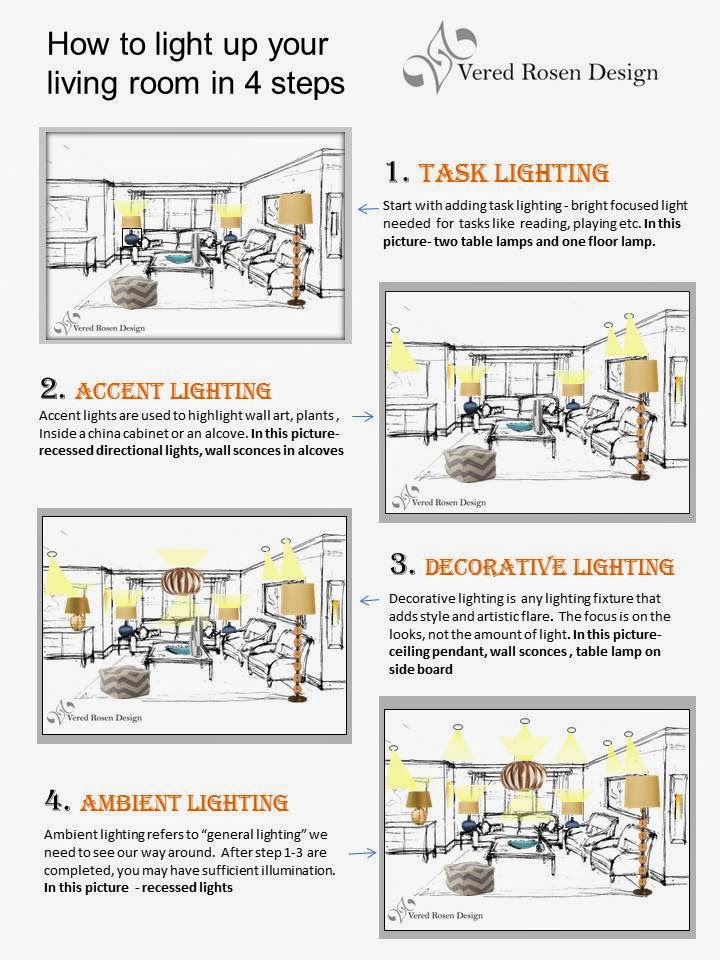During one of the sessions, Maria said something really interesting about learning from failure: "when you succeed, you have no idea what you did right, so its not much of a learning experience, is it? but when you fail...oh well, that's when you go "ahahh!!"
So that made me think: What if you didn't get that "aha moment" right away? what if you didn't really understand why you failed so miserably and how you can avoid that from happening again.
I'll be honest with you. When I make a mistake or feel I've failed, I don't immediately go all "positive" and take it as a "learning experience". First, I feel really terrible (especially if it affected other people) and then I obsess about it for days on end.
But here's the good news. I realized that obsessing is actually a good thing, because it makes you think really hard and intensely about what just happened and then maybe, just maybe, figure out what went wrong, why it did, and how you can avoid it from happening again.
Sometimes, I "get it" right away and sometimes the "aha" moment comes much later. The point is - it's never too late, and if it doesn't come right away, there's a reason for it. You simply might not have the experience and knowledge to understand why something you did went wrong.
Like with that blue sofa and love seat choice I made many many years ago, after dragging my poor husband to each and every furniture shop in Tel Aviv, not knowing what I was looking for (sounds familiar?), which was the crux of the matter.
So when the delivery people placed the blue sofa and love seat in my empty white living room, my heart just sank. Did I not know it was the wrong color then? YES, of course I did! did I understand why I chose the wrong color and why it was wrong? no, I didn't. But how could I know? I didn't know anything about design back then, or color, lighting etc. I just knew it was important to me, and that something went wrong. Here's what the sofa and love seat looked like.
1. I bought a lovely terracotta wool rug (this time showing my husband just TWO choices).
2. I Added some colorful pillows that picked up the rug colors (gold and terracotta and red).
3. Hang sheer off white curtains.
4. Added lighting - a floor lamp with a couple of table lamps.
Did it help? it did, but it wasn't enough.
Had I walked into this situation today, I would have "fixed" the problem in a slightly different way, simply because I have way more knowledge and experience then I had back then.
what would I do?
1. Paint the walls - I would paint the walls a warm off white or light neutral such as muslin, white linen (benjamin Moore) or aged parchment (sherwin williams). Walls take so much of the space, painting them would have the a greater impact then adding pillows for example.
2. Pick out a different rug. As much as I love foliage colors and that specific rug I bought, a sisal or warm neutral would have worked better with the blue sofas.
3. More lighting. a single light fixture is never enough for any room. I would have added more table lamps and/or wall sconces and make sure they are positioned so the whole room is lit with a soft warm light.
The "I get it!" moment should be clear, not fuzzy, and if you don't get it right away, it's ok. It might come later, so keep thinking and searching for answers. When you are more knowledgeable and experienced it will suddenly come to you. just like that. boom!
Happy new year everyone!
Vered








